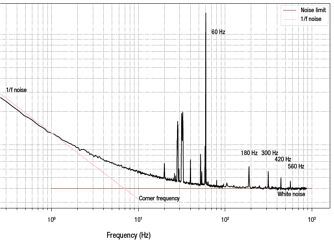The retro-reflective photoelectric sensor of the Leuze meets the most stringent requirements for reliability, robustness, and hygiene for this reason Leuze’s sensor and application expertise has long been used by Dinkelacker. Beer lovers in South West Germany are familiar with these traditional brands: Dinkelacker, Wulle Biere, Schwaben Bräu, Sanwald, Cluss ,or Haigerlocher. All these regional beer specialties are brewed by Dinkelacker.. The family brewery has been around since 1888. And it is still based here today.
Indispensable sensor technology
Dinkelacker uses technology from Leuze at almost every station along its beer bottling line. “The sensors must withstand severe vibrations and frequent cleaning processes,” says Florian Fahr, Head of Technology at Dinkelacker. Only selected sensor solutions can rise to the challenge. “Primarily, retro-reflective photoelectric sensors of the Leuze PRK series were installed here. These are particularly well suited for applications in the beverage industry. The metal housing of the optical sensors is resistant,” says Andreas Eberle, Local Industry Manager of Packaging at Leuze. Furthermore, the devices detect even highly transparent objects such as bottles and glossy plastic crates.
Material flow without jamming or collisions
The Leuze sensors are installed at various points along the filling installation. “The PRK optical sensors on the individual conveyor sections detect pallets, barrels, beer crates, or even bottles,” explains Frank Karle, Head of Electrical Workshop at Dinkelacker. “Thus the speed of the conveyor belts is automatically regulated to prevent jamming and collisions.” In the barrel filling section, Dinkelacker has installed approx. 100 sensors on the conveyor belts. Two new robots support the employees: they lift the empty or full barrels and place them on the conveyor belt or on pallets. Leuze multiple light beam safety devices of type MLD secure the work area against access from outside. Two PRK sensors which are arranged crosswise in front of each of the robots detect an incoming pallet. They then start the muting function, which bridges the safety light barriers so that the pallet can pass through.
Freshly filled
On the filling installation, the reusable bottle system fills the clean beer bottles – up to 66,000 units per hour. The swing-top bottle installation works on a separate production line. PRK sensors detect whether every filled reusable bottle has been correctly fitted with a crown cap or whether swing-top bottles have been closed correctly.
Every crate in view
After labeling, a machine fills several crates simultaneously with 20 beer bottles. Here, sensors detect in a fraction of a second whether a crate is completely full. If a bottle is missing or in a horizontal position, the crate is rejected and the error is corrected manually by an employee. When crates are filled with swing-top bottles, they are aligned so that their labels face outwards. Leuze sensors detect the labels on the bottles and assist the machine in positioning.
Efficient production
Dinkelacker has successfully modernized its production facilities. The Sensor People from Leuze make an important contribution to efficient production with their reliable and robust sensors.

No need for heavy lifting: in the barrel filling installation, two modern robots grip the beer barrels and place them on conveyor belts or pallets. The work area of the robots is safeguarded by Leuze safety technology.

Retro-reflective photoelectric sensors from the Leuze PRK series can be found in many pointsin the filling installation – here, they record every single bottle in a fraction of a second. Even highly transparent objects are not a problem for these sensors.

Here, the swing-top bottles are aligned as the beer crates are filled. For this purpose, one Leuze sensor per bottle detects
the position of the label.


